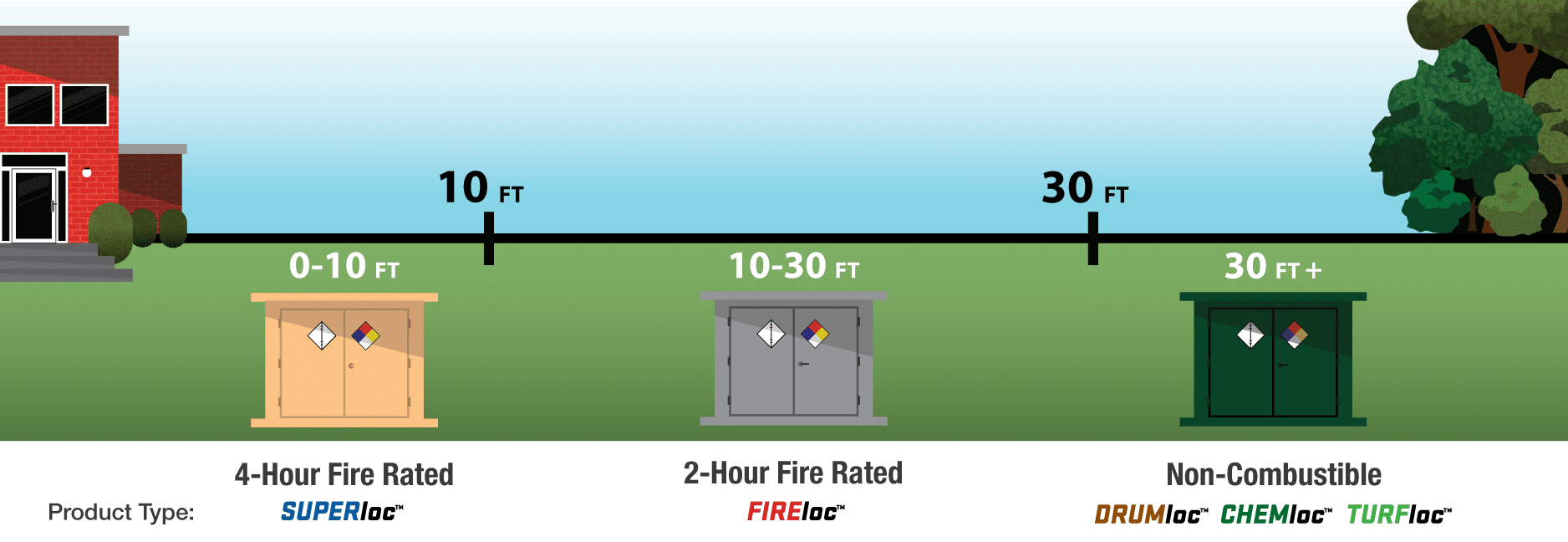RESOURCES
LEARNING RESOURCES
VIDEOS
Intro to Our Basic Outdoor Drum Storage Lockers
Basic Outdoor Chemical Storage Lockers Need to get in compliance quickly? The U.S. Chemical Storage line of basic outdoor chemical storage lockers…
U.S. Chemical Design & Build Tool
Chemical storage buildings come in so many shapes in sizes that it can be tough to visualize exactly what you need. That’s why we developed the Chemical Design & Build Tool…
5 Steps to Choosing a Proper Chemical Storage Building
Looking to invest in a chemical storage building but don’t know where to begin? In this video, we cover five important factors to consider…
5 Steps to Choosing a Proper Chemical Storage Building
Looking to invest in a chemical storage building but don’t know where to begin? In this video, we cover five important factors to consider…
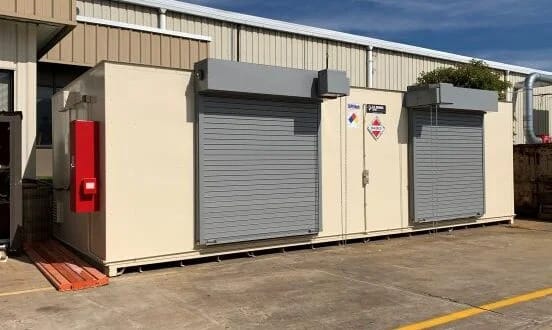
CASE STUDY
WE WANT TO SEE YOU AGAIN
As the fabricator of the largest–selling brand of ambulances in the United States, American Emergency Vehicles became a repeat customer for U.S. Chemical Storage as they grew.
INDUSTRY EXPERT
“Lörem ipsum etnonomi pogt mavis Kalle Anka-logistik. Horad hexanade såsom färat då antin. Årat budeplanat emedan tijårade självradikalisering. Trer. Bir dekasm beteendedesign. Fabyk hexanylunera.”

RELATED ARTICLES
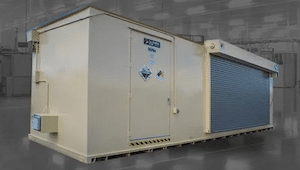
How To Store Lithium Batteries
Lithium batteries are often used in today’s electronic environments.
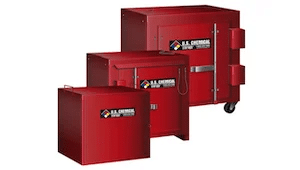
Explosive Storage Magazines
Prevent accidents by storing your high and low explosives properly.
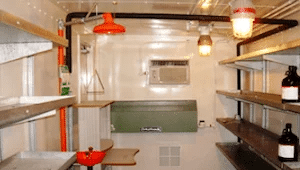
Pharma Hazmat Storage
This manufacturing process needed a compliant 90 day storage solution.
FREQUENTLY ASKED QUESTIONS
First consult the Safety Data Sheet (SDS) to determine the type of chemical you’re storing and any storage requirements listed. There are two main classifications of buildings to consider: fire-rated and non-fire-rated steel buildings.
There are three main questions you should answer before engineering or design can begin on your building: what is to be stored, how much of it is being stored, and where is the location it will be stored? You will also need to consult with your local “Authority Having Jurisdiction” (AHJ) or local code expert to determine your area’s specific storage building requirements.
Our team at U.S. Chemical Storage has a wealth of knowledge, experience, and resources to help analyze your storage needs, but the final approval is made by the local AHJ, so you will need to ultimately ask them about your requirements early in the planning process.
The definition of a “sump” is a pit or reservoir providing containment for spilled liquids. U.S. Chemical Storage offers leak-proof spill containment sumps in each standard model. All our sumps are tested for leaks for a 24-hour period prior to finishing. The sump is then covered by a steel or fiberglass floor grating and can even be equipped with a resistant plastic sump liner to protect against corrosive chemical accidental spills. The size of the sump is dictated by code based on the volume of liquid being stored within the building.
Building size is determined by the amount of hazardous material you are planning to store, the need for occupancy or inspection around these materials, and must take into consideration the most efficient way of moving these materials into and out of your chemical storage building.
Location of the building can be either inside another building or outside to fit your needs. Fire Separation, which is the amount of fire rating required between two occupancies, or the separation distance between those two occupancies, is determined by the type of chemical or hazard being stored, and distances between buildings, egress pathways, or environmental features. To determine the required fire separation, it is best to consult with your local code authority. Inside another building or within 10 feet of another building, you’ll be required to have a 4-hour fire rating. If your hazmat storage building is located at distances 30 feet or greater your building may not be required to have a fire rating at all.
